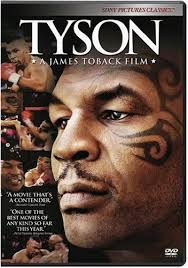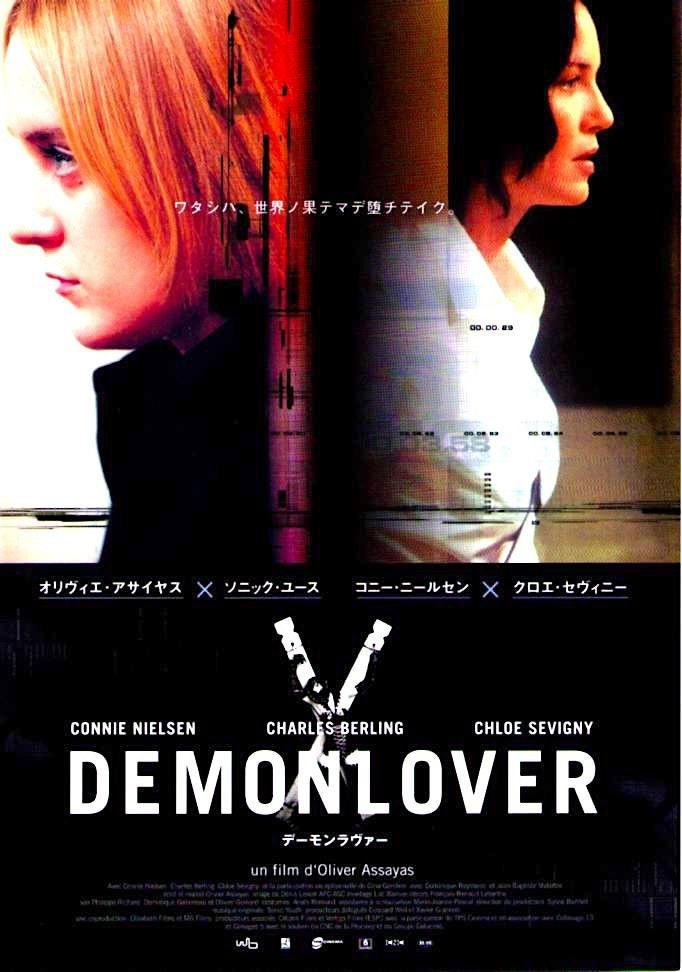The PBD 40 makes this job as simple as turning a dial on the front of the machine, letting you adjust the speed while the machine is running, something you can’t do on other pillar drills. This issue we pay homage to some of the makers who are creating their own bit of movie fandom, whether that’s props, costumes, or a great-big Ecto-1. I agree with the list and they all fit BPD characteristics pretty well,˝fatal attraction˝ is the BPD extreme,but not inaccurate,only one of the darkest portrayal.I’ve been diagnosed with BPD with more impulsive traits,I’ve been hospitalized and medicated,so I have had enough experience to say that all the movies above fit within the BPD,especially the traits that I manifest myself.I. Pbd top 100 movies. (books, movies, etc.) may result in compensation paid to me patrick bet-david by the sellers i recommend. If you would rather that i not be.
For many makers, the first power tool they purchase is a drill. It’s a versatile thing, which lets you make holes, helps you screw things in, and even supports a number of other attachments (such as brush heads) to make a whole bunch of different tasks that little bit easier.
Despite the popular quote that ‘no one wants a drill – what they want is the hole’, we’re almost certain that most new makers do in fact want a drill, even if only to pretend they’re James Bond for a few minutes, before using it to put up shelves (or is that just us?).
And for some, the humble power drill is enough. But for others, there comes a time when they need something a little more substantial. Maybe they need more power, holes of accurate and repeatable depth, or to make holes using larger Forstner bits than their power drill can handle. For these, a pillar drill (or drill- press) is often on the cards.
SELECTING A DRILL

Your humble reviewer was in the position of buying a pillar drill earlier in the year, looking at a number of manufacturers who all offered very similar-looking machines (almost certainly all clones of each other, with minor tweaks here and there), until he came across the Bosch PBD 40.
It was clear that Bosch had reinvented the pillar drill, as their offering is different from the competition in a number of ways.
For example, anyone unfamiliar with pillar drills won’t know the hassle associated with changing the speed of the drill, a process that involves removing a cover and manually adjusting one or more belts across the spindles linking the motor to the drill bit.
This is vital to getting good results, as different materials and drill bit sizes require different speeds for efficient use. For example, a large-diameter Forstner bit will need to be driven more slowly to avoid burning the wood.
The PBD 40 makes this job as simple as turning a dial on the front of the machine, letting you adjust the speed while the machine is running, something you can’t do on other pillar drills.


Pbs Movies
It has two gears, which are easy to switch between via a lever on the side of the unit, with the 710-watt motor supporting speeds from 200 rpm right up to 2500 rpm, and a constant electronic control system ensuring a consistent drill speed, even when used on hard materials.
Another useful feature is a millimetre-accurate read-out of drilling depth. A button lets you set the zero value (i.e. the point at which the tip of your drill bit touches the material being drilled), and the display shows how far in either direction the tip travels as it moves up and down.
Pbd Movie Theatre
This is great if you know you need to drill holes to an exact depth, which you can either eyeball by watching the display, or set the built- in stop-block for the desired depth.
